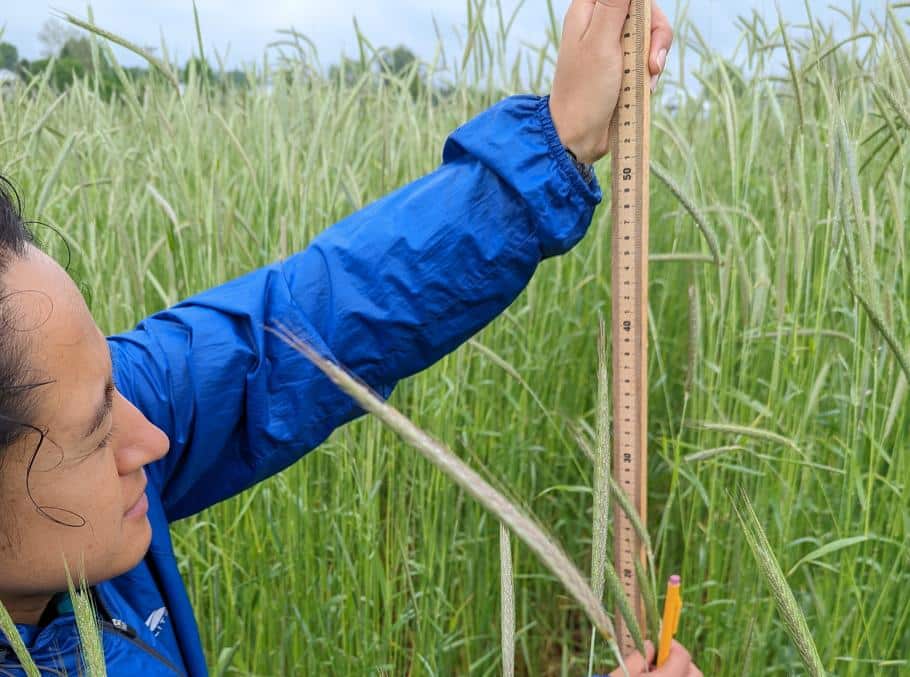Today, we are seeing more and more innovations in the vegetable industry, from new germplasm to traits to breeding techniques, as well as seed treatments and much more. However, as we have discussed in this column in the past, more and more of these innovations are being protected by intellectual property rights, including patents, plant variety protection, as well as trade secrets. Developing new innovations and protecting those innovations takes resources, including time and money, but that is only the start of the work.
There are a wide range of license agreements that are used in the vegetable industry, some include but not limited to:
• Confidentiality (CDA)/Non-Disclosure (NDA)
• Material Transfer (MTA)
• Research
• Production/Propagation
• Commercialization
• Marketing
• Sales
• Any combination above
Most complex agreements can be divided into two basic components: boilerplate and non-boilerplate clauses. Non-boilerplate clauses often include, defined terms, a grant of rights, definitions of ownership of what is being licensed, obligations of the parties, restrictions, compensation (such as royalties), as well as term/termination of the agreement. Examples of boilerplate clauses often include severability, entirety, notices, waiver, and assignment clauses.
There are no true licensing templates that will work for every situation. The parties need to spend time drafting the agreement to ensure all of their goals for an agreement are adequately provided and to avoid ambiguity, as ambiguity in a license can lead to confusion and big problems at a later date.
Some tips to think about in drafting a license:
• Make sure you have clearly identified what is being licensed and if you need to, what is not being licensed;
• Ensure that the grant and obligations associated with the licensed technology is clearly defined as well as the territory where the license is being granted;
• Clearly identify who owns what. If both parties are bringing materials to the table, be sure it is understood who owns what and if materials are being developed, be sure to define who owns the resulting technology;
• Make sure you own what you are licensing based on proper inventorship, employment agreements, assignment of rights or licensing;
• Watch out for the term and termination clauses and ensure you have the capability to get out of an agreement if you want, or you can continue marketing the product over time as desired. The last thing you want is to get stuck in an unwanted license or lose a valuable right; and
• Make sure you understand what happens when the agreement terminates. What happens to the licensed materials and what obligations will survive termination.
Additional things to think about:
• What systems need to be in place for compliance with the license, are there audits, reporting requirements (e.g. royalty payments) and/or quality control provisions that need to be in place?
• What concerns do you have, are there issues that have come up in the past that you want to avoid going forward?
• Are there any concerns with a term or obligation in the agreement, such as compliance with local, state or federal laws?
In the end there is no magic formula for a license. Each situation around a license agreement is often unique and thus each license often is unique. In the United States, parties have freedom to contract an almost endless amount of terms, unless of course, it is illegal, violates basic contract principles or violates case law.













